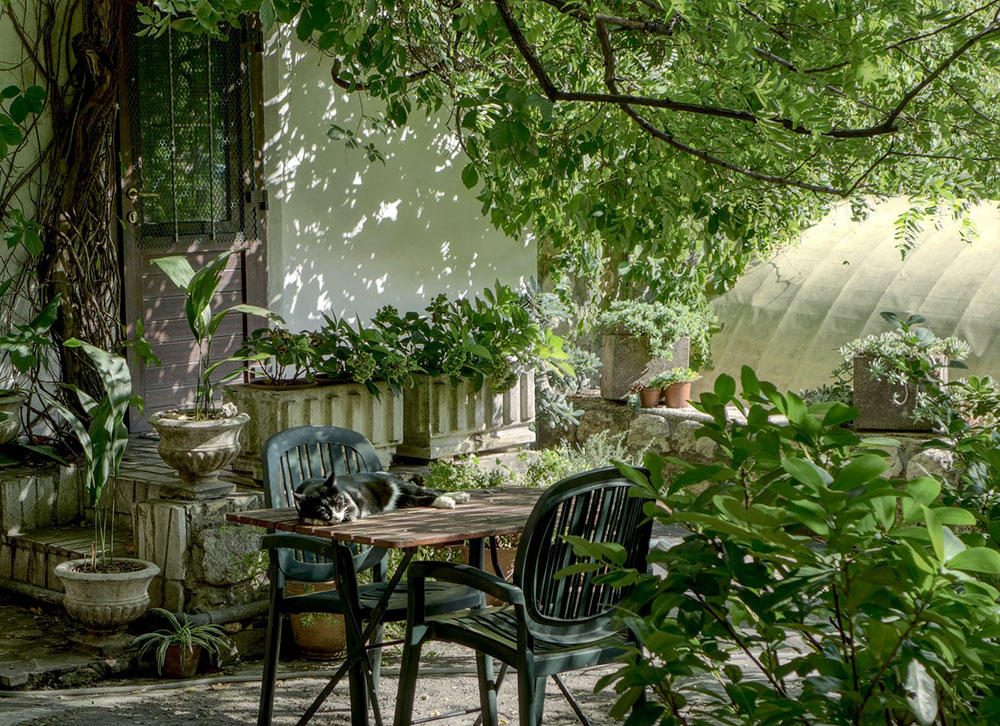Advertisement
Everyone has a beautiful part of their house where their spare time is spent. Outdoors’s space is typically one of the cozy places where individuals enjoy time with family or friends spending a warm, brisk summer evening.
At this moment, rather than inside, the people feel relaxed outside. It is therefore necessary to ensure that room is not alone, but still efficient. Outdoor furniture for all circumstances is the most important furniture on your place.
A garden table offers life and versatility to the furniture around it. It is a basic piece of furniture, where snacks, drinks, books, papers and stuff can be placed at sitting time. It does not only provide insulation on the outside, but also makes it aesthetic when arranged to your convenience. It may be used for many uses, whether there is a small or large event, such as working outdoor objects or calming the mind.
You can also play outdoor games and enjoy the wonderful outdoor weather. You can plan outside table placed on your courtyard or patio so that your visitors or friends can have a welcoming area outside. Following are the steps, you can follow to create a garden table:
Tools & Materials
Clamps; handsaw; chisel; hammer; power multi-tool; PVA woodworking glue; drill; orbital and belt sanders; galvanized batten screws, router table.
- Create a straight line over a sleeper and label a point 80mm from the corner to position the slipping bevel to label angles for this dovetail. Mark the edge of the square line at a point of 10 mm. Put the bevel body to the side, push the blade, and fix the bevel.
- With the force saw, slice a seat leg to capacity. Label a point at 40mm from an edge around 1 long edge of 1 end face. Apply a belt to draw a line between this mark and the middle of the sleeper. Follow on the same face on another corner
- The leg of the seat should be laid flat. Put a sleeper offcut on the flush edge with a labeled seat end. Identify sleeper hardness on the seat leg face. Switch back on another face to replicate it.
- Construct a square outline utilizing a combination square through which the curved lines at the end touch the corner of the hardness of the sleeper on the face and again repeat the task for the other face.
- Tighten a sleeper onto your bench and close the seat leg to it. Break into angled sections with the power saw at the top. Finish off with the handsaw on the forehead.
- Place the sharp wooden chisel on top of the face and click strongly on the hammer to mark wood. To discover this edge, remove a small quantity of waste wood.
- Slice sideways on the scored corner using a versatile multi-tool. Click chisel to take out the waste wood.
- Turn the leg of the seat halfway around and repeat steps 6 – 7 to take out all the waste wood left. This produces dovetail sockets and pins.
- Cut the length of the seat table. Stand sitting legs on a bench so big that the end of a bench is flush. Track around pins. Map around pins. Estimate to shift form with mixture rectangle.
- Set control saw on either side of the thinnest position of tail to adjust depth and sleeper.
- To verify accuracy, it is vital to check the cut depth of any side of the tail. Break off the end of the bank, flips over both sides of the tail. Finish handsaw cuts for the reduction of waste wood.
- Apply the glue to tie together all the tail and the plug. If possible, carry a hammer to smash 2 pieces, shielding wood with one block. Repeat to bind another end of the bench to another seat leg. Ensure the legs are bench-square. Ensure to track the connector used to mark the tail such that they return to assembly together.
- Fit the drill using 16mm spade bit. Drill the center of the tail into the leg of the seat to maximum bit depth. Split a 16mm longer dowel than hole in length. Just hammer in and glue in. Then, repeat the same task for other end and leave them to set.
- Drill from one side an 80 mm deep hole through the pin center through the tail. Cut the dowel into a cavity marginally wider. Repeat the other end and the other side of the bench. Let them set. Let them set.
- Take off that overwhelming dowel.
- Chamfer seat borders with a strong plane at an angle. To reach the corner, switch to orbital sander.
- Sand out little changes in band sand joints with smooth wood.
- Build 3 table assemblies in the same way as benches by linking the table legs to the table tops. Spread out the table joints straight, the ends parallel with each other, and a distance of 10mm. Use 50mm batten screws to attach 3 cleats to the base of the bench. Screw 1 on either end near the ground inside table legs.
- On either side of the dovetail put a coat of dark exterior color to finish the wood. When dry, cover rest of the unit in two external colors, which can be dried among coats in silver birch.

